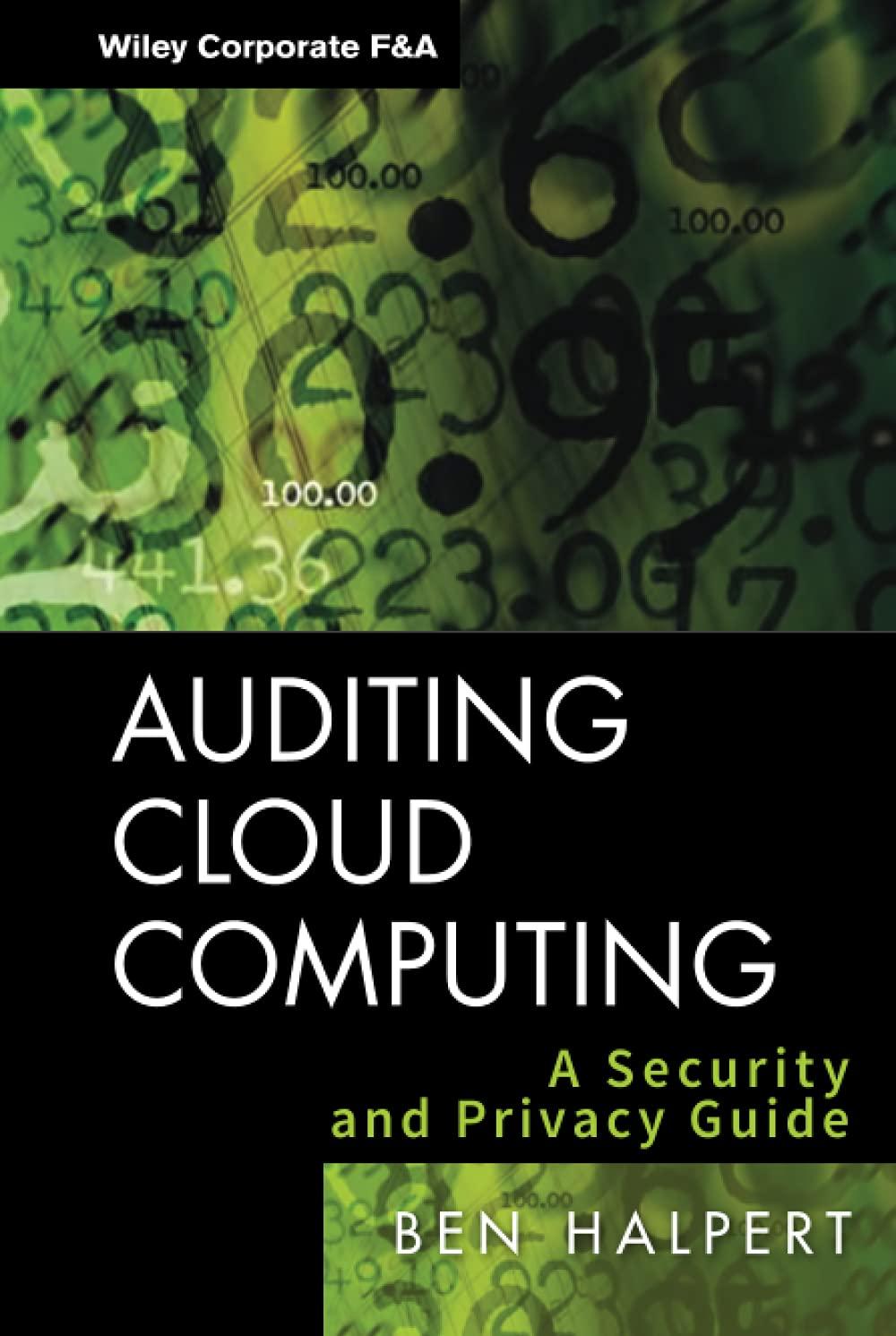The student, in the role of a decision maker (DM), should assume e regression equation, linear or polynomial, to describe the dependence of the outcomes of an action from two or more events (factors).
For each event, the student has to define 2 (two) or more outcomes (set logically ore based on an excel model), their respective probabilities (set logically or based on an excel model).
The outcomes of the events should be assumed normal distributed determining logically or based on an excel model at least two parameters, the mean and the volatility (row moment and second central moment)
Assume a utility function (for all levels of wealth a positive utility and first derivative positive) for the DM.

Based on the above assumption and any other if it is needed): 100 15 1 Structure the decision making as a decision under risk for the assumed action chosen and undertaken Explain the framework of the objective (s) setting and the framework of risk (/s) determination. Explain the difference of decision making when the risk attitude of the decision maker is integrated from the decision making when the risk attitude of the decision maker is not integrated. Define the objective for the assumed action under risk and define a negative tolerance on it. Define the overall risk appetite of the decision maker and his negative risk tolerance. Provide the theoretical basis for the risk appetite assessment Define the risk events with negative (downside) deviation from the objective. 2 20 3 10 4 7 5 6 15 7 15 Which from the downside deviation present a real risk for the decision maker? Define the risk attitude of the Decision Maker using all possible approaches providing the theoretical arguments for each of them. Measure the risk (s) a. Do not integrate the risk attitude of the decision maker b. Integrate the risk attitude of the decision maker Provide your overall opinion (an executive summary) on the decision making process on the objective(s) and risk(s). 8 10 Based on the above assumption and any other if it is needed): 100 15 1 Structure the decision making as a decision under risk for the assumed action chosen and undertaken Explain the framework of the objective (s) setting and the framework of risk (/s) determination. Explain the difference of decision making when the risk attitude of the decision maker is integrated from the decision making when the risk attitude of the decision maker is not integrated. Define the objective for the assumed action under risk and define a negative tolerance on it. Define the overall risk appetite of the decision maker and his negative risk tolerance. Provide the theoretical basis for the risk appetite assessment Define the risk events with negative (downside) deviation from the objective. 2 20 3 10 4 7 5 6 15 7 15 Which from the downside deviation present a real risk for the decision maker? Define the risk attitude of the Decision Maker using all possible approaches providing the theoretical arguments for each of them. Measure the risk (s) a. Do not integrate the risk attitude of the decision maker b. Integrate the risk attitude of the decision maker Provide your overall opinion (an executive summary) on the decision making process on the objective(s) and risk(s). 8 10







